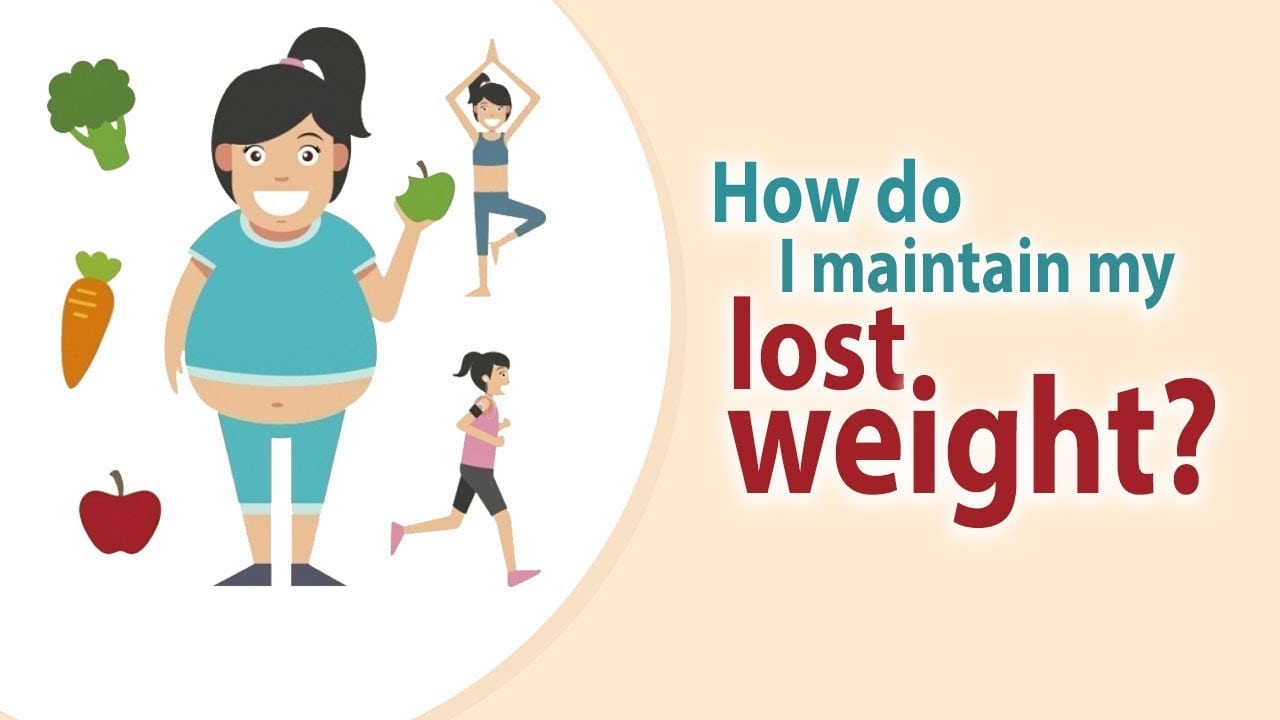Table of Contents

Weight management is the merging of diet and exercise with around 80% coming from diet. Keto diet is the fastest way to loose body fat with the consumption of good fats and limiting carb intake. Keto diet is not just a regular temporal diet but also a way of living. After working out and inputing your time, effort and energy, prudently following keto rule and finally reach that desired goal weight; what happens next? This is a worthwhile question that has been asked by many. Fewer carbs is needed to remain in ketosis, that is, natural fat, cheese, vegetables, spices and some fruits. The fewer the carbs, the more effective it appears to be in order to reach ketosis and lose weight.
A Keto or Ketogenic diet is a very low-carb diet that helps to burn fat more effectively with benefits that range from weight loss, health, reduced hunger, steady energy supply and performance. “Keto” enables the body to produce small molecules called “ketones” which serve as an alternative fuel source for the body and useful when blood sugar level (glucose) is in short supply, insulin levels are low and fat burning increase drastically.
However, there are some myths surrounding ketogenic diet. For some, it is safe and for others, it requires special consideration. They include those who take medication for diabetes e.g insulin, those that are diagnosed with high blood pressure and breastfeeding mothers.
Foods to avoid when on keto diet
- Carb foods that contains lots of sugar and starch (bread, potatoes, pasta and processed foods
- High-fat content foods, and saturated fats
- Sweeteners and caffe latte amongst others
On keto diet, meals should be based on protein and fiber, water, coffee, tea with little cream or milk and an occasional glass of wine. This sought of meal ensures that the body utilizes stored fats and converts them into energy to meet the body’s Basal Metabolic Rate (BMR). BMR is basically, the number of calories that the body requires to meet its normal metabolism. Keto dieting requires you to restrict your intake of calories to be less than the BMR. Physical exertion such as running, jogging, walking etc. is essential to hasten metabolism and thus, burn fat.
Stay keto
It is advisable and ideal to never go back to the way you ate before by avoiding the lure or cravings to include carbs back into your diet. Staying keto increase calories thus, ensuring weight loss. The plus side is that one will still benefit from the side effect enjoyed in the diet. Consumption of more fats and proteins that you have been eating should be inculcated into your diet plan without raising enough carbs to get out of ketosis.
Transition to non-keto or paleo
Majority are capable of weight management after keto with low carb which is the most popular method. This choice is open to anyone who wants to go on paleo but remember, this will mean leaving ketosis behind. The addition of carbs will mean an increase in water retention; it is optimal that the extra carbs should come from more fruit and vegetables. Gradually include carbs in your diet till you find the spot or ideal weight of choice, transition will then increase flexibility.
Consider cyclic keto (Switch from fat loss to muscle gain)
This option is best suited for high-intensity athletes who wish to gain muscle after burning fat. Physical exertion leads to the development of lean muscle mass. It is a combination of intentional avoidance of ketosis for a brief period of time in a week and several high-intensity workouts, throughout the week. Research is required to see if it is the best fit for you.
Experiment with intermittent fasting
It requires eating during a specific window with a lot of freedom that is, eat normally 5-6 days a week with 1-2 days of total fasting or eat within a 6-10 hour period everyday but not at any other time of the day. For example, eat breakfast and lunch with the exception of dinner or lunch and dinner with the exception of breakfast. Intermittent fasting can be combined with cyclic keto and low-carb kaleo.
Maintaining goal weight is more difficult than weight loss. It is much easier to stumble into old eating habits. A keto diet can be eaten indefinitely and also results in ketosis, always calculate carb intake to ensure that you have not crossed the limit. Stay committed and remember that a dietician’s recommendation is priority because everybody is different.

